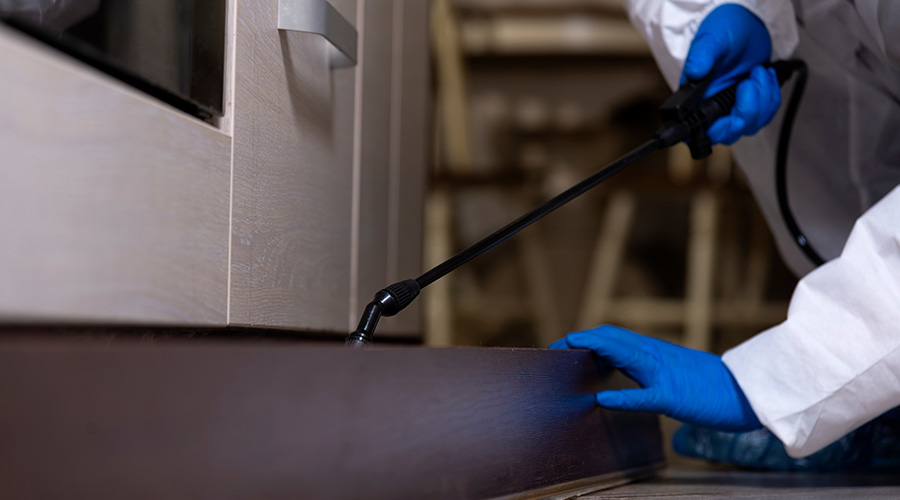Deferred Maintenance: What Will It Take To Act?
By Dan Hounsell, Editor-in-Chief
OTHER PARTS OF THIS ARTICLEPt. 1: This Page
What will it take, I wonder, for the United States to actually do something about the condition of institutional and commercial facilities? Buildings play central roles in our lives. “We shape our buildings; thereafter they shape us,” Churchill reminded us. Still, most of us are blissfully unaware of the true condition of buildings — until something goes wrong.
But even then, how much would have to go wrong to finally get the attention of those with the power to actually address the crisis of deferred maintenance? The blast of cold weather that kicked off 2018 caused big problems for facilities, but not many people seem moved enough to address the underlying problem.
Shivering children in Baltimore schools because of malfunctioning boilers? Big deal. Howard University actually closing down buildings for a time due to damage from pipes that had burst? Meh.
Does someone have to die as a result of deferred maintenance for the country to address the issue? That’s an outlandish thought, but then again, how much will it take?
Rhode Island officials recently renewed their efforts to create a federal-state partnership to invest in the nation’s public schools. Maybe lawmakers will finally take action to repair K-12 schools — all facilities in need, for that matter — to the point that they are safe and comfortable. Maybe maintenance and engineering managers finally will have the finances they’ve long requested to address long-term needs instead of responding to the latest crisis.
Let’s call that the rosy scenario.
A more likely scenario is that managers continue to do the best with what they have, and facilities continue to deteriorate. That scenario does not seem like it will end well.
Related Topics:












